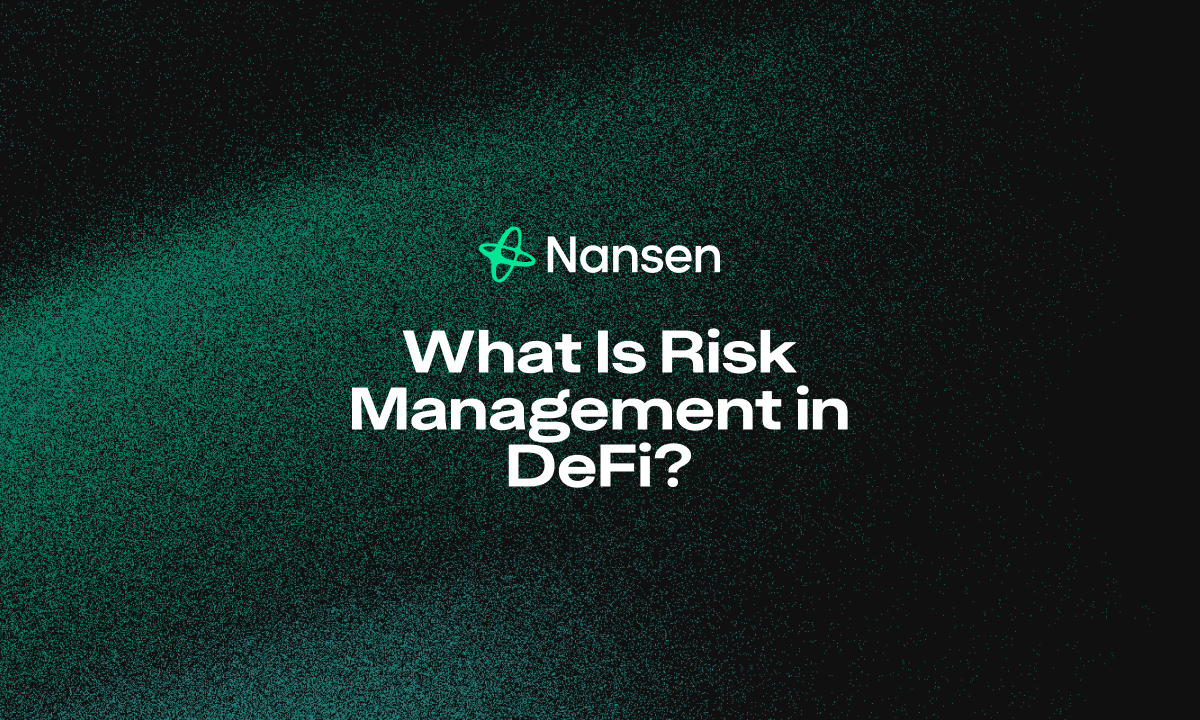Risk management in DeFi is your personal safety net when dabbling in decentralized finance. It's the strategies and practices you implement to protect your digital assets from various threats while still pursuing those juicy yields.
Unlike traditional finance with its safety nets and insurance policies, DeFi operates in a largely unregulated space where your crypto could vanish in seconds if you're not careful. That's why understanding the risks and how to mitigate them isn't just helpful — it's essential.
The Major Risks Lurking in DeFi
Before we talk solutions, let's identify what we're up against:
Smart Contract Risk: Even the most trusted protocols can contain code vulnerabilities. Remember the Wormhole hack that drained $320 million? That happened because of a single bug in otherwise well-audited code.
Liquidity Risk: What happens when everyone rushes for the exit at once? Liquidity can dry up fast, leaving you unable to withdraw your funds or facing severe slippage.
Counterparty Risk: In DeFi, you're trusting protocols rather than institutions. If a protocol fails, there's often no recourse to recover your funds.
Oracle Failures: Price feeds that provide external data to smart contracts can be manipulated or fail, triggering incorrect liquidations or enabling price exploitation.
Governance Attacks: Many DeFi protocols are governed by token holders who can vote on changes. If a malicious actor acquires enough governance tokens, they could potentially vote to drain funds.
Your DeFi Safety Toolkit
Now for the good stuff — how to protect yourself:
1. Diversify Across Protocols
Why it matters: Spreading your assets across different protocols means you're not wiped out if one fails.
How to do it right: Allocate your portfolio across different blockchains (Ethereum, Solana, Avalanche) and different types of protocols (lending, yield farming, staking).
2. Check for Protocol Audits
Security audits save lives — or at least, your crypto. Before depositing funds, verify if the protocol has undergone thorough security audits by reputable firms like CertiK or ChainSecurity.
Look beyond the audit stamp: Even audited protocols can have vulnerabilities. Check if issues found were actually addressed.
3. Consider DeFi Insurance
DeFi insurance protocols like Nexus Mutual or InsurAce offer coverage against smart contract failures and hacks. While it cuts into your yield, it can save you from catastrophic losses.
How it works: You pay a premium (typically 2-5% annually) and receive coverage for specific risks on specific protocols.
4. Use Risk Assessment Tools
Several tools can help evaluate protocol safety:
- DeFi Safety scores protocols based on transparency, code quality, and security practices
- DeFiLlama provides visibility into protocol TVL (Total Value Locked) and historical stability
- Gauntlet offers risk modeling for DeFi protocols
5. Stay Alert with Monitoring Tools
Set up notifications for unusual activity:
- Price alerts for significant drops
- Wallet monitoring for unexpected transactions
- Protocol announcements about security updates
The Compliance Factor
DeFi compliance is becoming increasingly important as regulators worldwide pay more attention to the space. While true decentralization aims to be regulation-resistant, the reality is more nuanced.
What you should know:
- KYC/AML procedures are becoming more common even in DeFi
- Tax implications exist for yield farming, lending, and other DeFi activities
- Some protocols are working on regulatory-compliant versions of their services
Smart Practices for Everyday DeFi Users
- Start small with new protocols, especially those promising unusually high yields
- Use hardware wallets for long-term holdings
- Set up a separate "DeFi wallet" with limited funds for experimenting
- Check governance proposals for protocols you're heavily invested in
- Have an exit strategy for each position
The Future of Risk Management in DeFi
The space is evolving rapidly, with new solutions emerging:
- Automated risk mitigation tools that react to market conditions
- Decentralized risk frameworks built directly into protocols
- Cross-chain security measures to protect multi-chain activities
Frequently Asked Questions
What are the main risks involved in DeFi?
The primary risks include smart contract vulnerabilities, liquidity issues, oracle failures, governance attacks, and regulatory uncertainty. Each requires different risk management approaches.
How does DeFi insurance work?DeFi insurance protocols allow users to purchase coverage against specific risks like smart contract failures. If the covered event occurs, the user can make a claim and receive compensation, usually after a community voting process verifies the claim.How can I protect my assets in DeFi platforms?
Diversify your holdings, use hardware wallets, verify protocol audits, consider insurance, start with small amounts, and stay informed about security practices.
Why is compliance important in DeFi?
While DeFi aims to be permissionless, operating completely outside regulatory frameworks can expose users to legal risks and limit mainstream adoption. Finding the balance between innovation and compliance will be crucial for long-term sustainability.
Remember, the highest yields often come with the highest risks. In DeFi, preserving your capital should always be priority number one — because you can't earn yields on funds you've lost.
What risk management strategies have worked best for you? Have you had any close calls that taught you valuable lessons about DeFi security?




